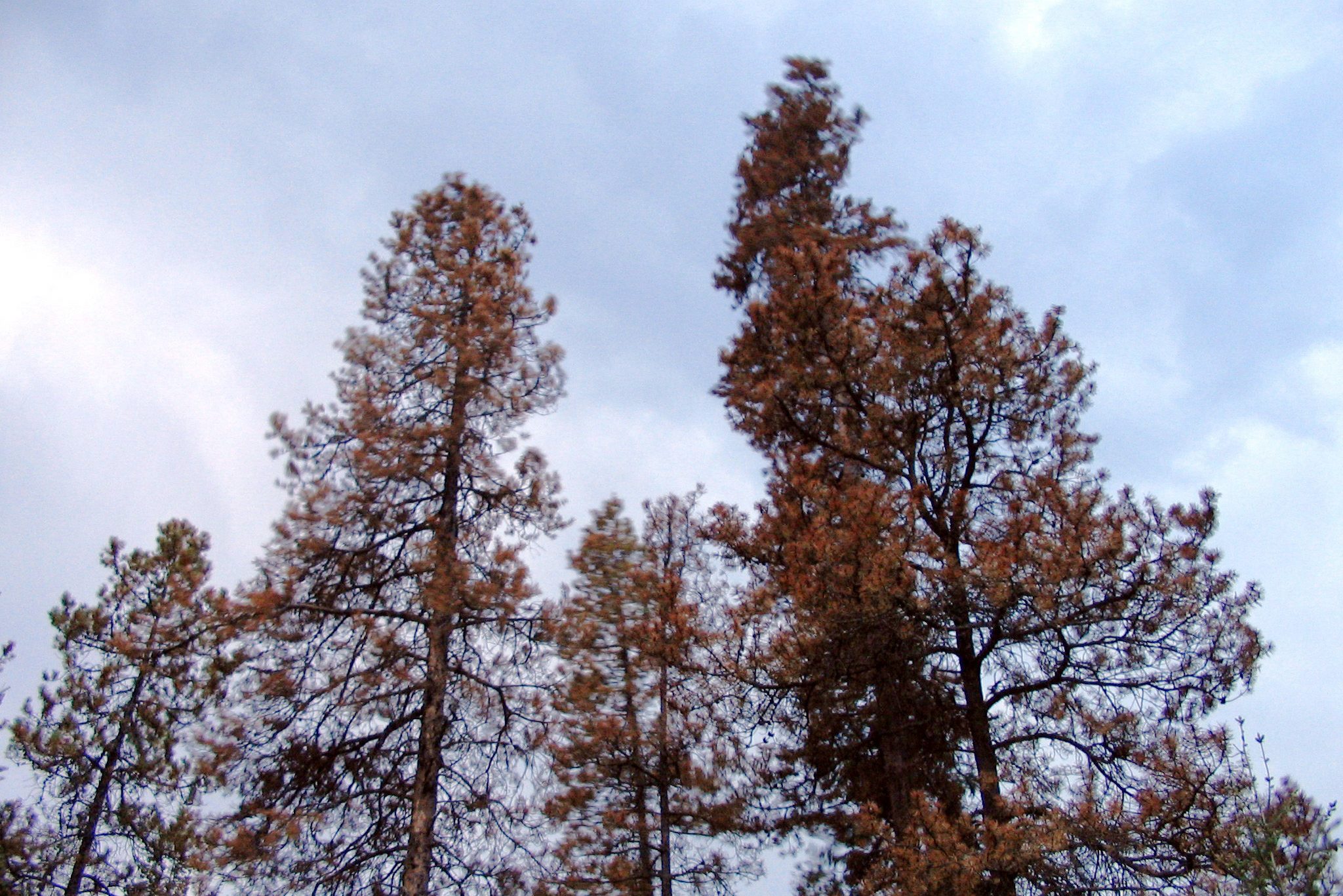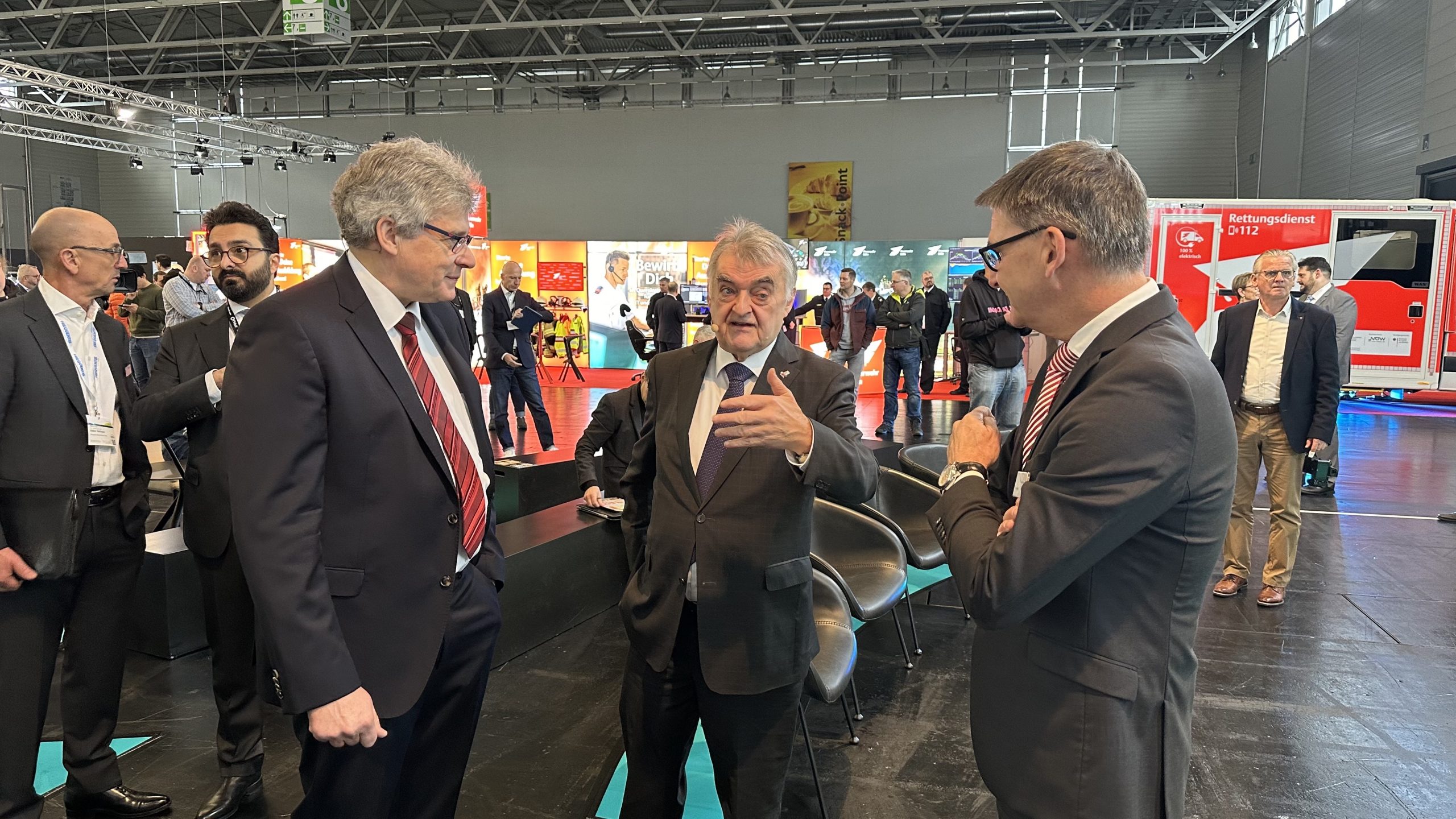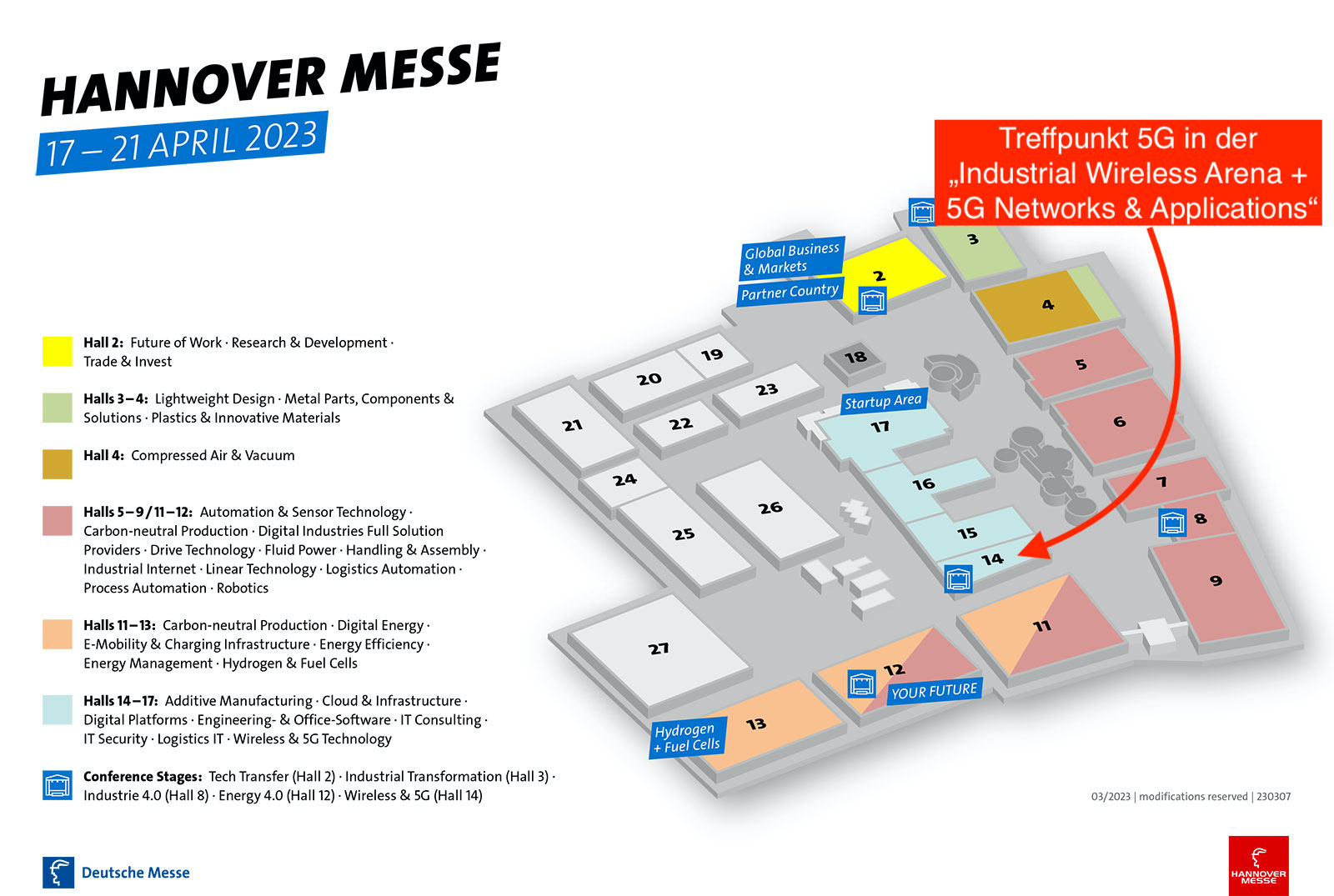In the 5G model project, autonomously flying drones identify potential fire sources in the forests of the Görlitz district. ( Image: https://commons.wikimedia.org/w/index.php?curid=170797)
The German forest is dying. In order to prevent this consequence of climate change from causing further catastrophes, the district of Görlitz is planning the use of autonomously acting drones to fight forest fires as part of a model project.
Logistics, industry 4.0, health, energy and agriculture are repeatedly mentioned as pioneering applications of mobile communication technology 5G. The district of Görlitz also wants to use the chances of 5G for the structural change in the Lausitz. Currently, however, another application is pushing to the fore. Due to climate change, more and more forests are suffering from drought; pests such as the bark beetle are multiplying en masse. For example, the German government’s current forest condition report shows 180,000 hectares of dead forest. Anyone walking or driving through the countryside with their eyes open can see it clearly: coniferous trees are dying off en masse, half of all oaks and beeches are showing clear signs of crown thinning. With this state of affairs, the risk of forest fires also increases rapidly.
Drone control and forest fire fighting
The district of Görlitz, which consists largely of forest areas, now wants to detect fires at least early with the help of autonomous drones and thus prevent the danger of their uncontrolled spread. As part of the 5x5G model region, the Görlitzers, supported by funding from the German Federal Ministry of Transport and Digital Infrastructure (BMVI), are working on a concept for 5G application scenarios in the areas of drone control and forest fire fighting. The concept “Forest Guard” which is to be developed serves to monitor the forest areas by stationing and operating a central control server in a fire brigade control centre. Here, the transmitted thermal and smoke sensor data are transmitted in real time, evaluated according to temperature abnormalities and smoke gases and the danger situation is verified by an autonomously flying drone.
In the course of concept development, cooperation with scientific research institutions, including the University of Applied Sciences Zittau/Görlitz, partners from industry and external consultants is planned. The employees want to develop the concept by August 2020 and then present it to the BMVI.
Background: 5x5G model region Lusatia
The BMVI wants to develop Lusatia into a 5G model region. The new 5G mobile phone standard is being specially promoted nationwide in six model regions. This is linked to the possibility of implementing on-site studies on the application of 5G. The federal funding is to be used to develop and demonstrate the potential of 5G in a clear and practical way. In particular, the district of Görlitz wants to have the use of 5G mobile technology examined in realistic application scenarios in the areas of logistics, industry 4.0, health, energy and agriculture in order to support the 5x5G strategy of the federal government. In the Lusatia region affected by structural change, innovative companies could thus be offered the necessary technological framework conditions.








Leave A Comment